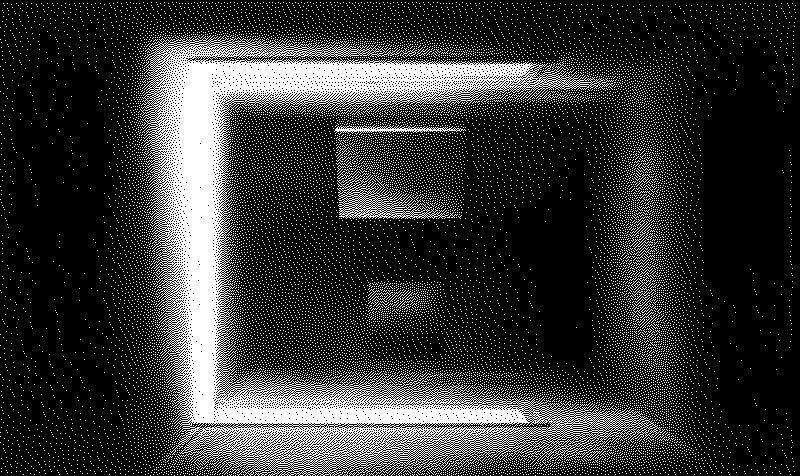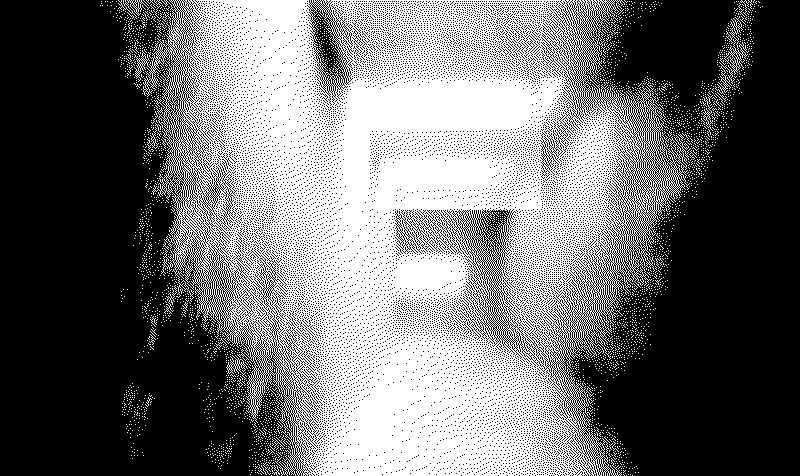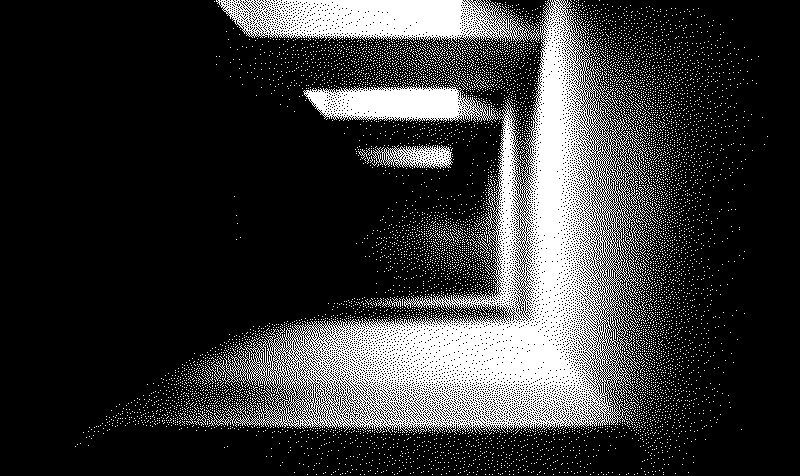家具変わる、 空間舞う風、 心の踊り。

The Modern Object Liberated in Function
The style of furniture changes as the individual’s relationships to family and society change. Corner divans and beds, coffee tables, shelving – a plethora of new elements are now supplanting the traditional range of furniture. The organization of space changes, too, as beds become day-beds and sideboards and wardrobes give way to built-in storage. Things fold and unfold, are concealed, appear only when needed. Naturally such innovations are not due to free experiment: for the most part the greater mobility, flexibility and convenience they afford are the result of an involuntary adaptation to a shortage of space – a case of necessity being the mother of invention. Whereas the old-fashioned dining-room was heavily freighted with moral convention, ‘modern’ interiors, in their ingeniousness, often give the impression of being mere functional expedients. Their ‘absence of style’ is in the first place an absence of room, and maximum functionality is a solution of last resort whose outcome is that the dwelling-place, though remaining closed to the outside, loses its internal organization. Such a restructuring of space and the objects in it, unaccompanied by any reconversion, must in the first instance be considered an impoverishment.
The modern set of furniture, serially produced, is thus apparently destructured yet not restructured, nothing having replaced the expressive power of the old symbolic order. There is progress, nevertheless: between the individual and these objects, which are now more supple in their uses and have ceased to exercise or symbolize moral constraint, there is a much more liberal relationship, and in particular the individual is no longer strictly defined through them relative to his family. Their mobility and multi-functionality allow him to organize them more freely, and this reflects a greater openness in his social relationships. This, however, is only a partial liberation. So far as the serial object is concerned, in the absence of any restructuring of space, this ‘functional’ development is merely an emancipation, not (to go back to the old Marxian distinction) a liberation proper, for it implies liberation from the function of the object only, not from the object itself. Consider a nondescript, light, foldable table or a bed without legs, frame or canopy – an absolute cipher of a bed, one might say: all such objects, with their ‘pure’ outlines, no longer resemble even what they are; they have been stripped down to their most primitive essence as mere apparatus and, as it were, definitively secularized. What has been liberated in them – and what, in being liberated, has liberated something in man (or rather, perhaps, what man, in liberating himself, has liberated in them) – is their function. The function is no longer obscured by the moral theatricality of the old furniture; it is emancipated now from ritual, from ceremonial, from the entire ideology which used to make our surroundings into an opaque mirror of a reified human structure. Today, at last, these objects emerge absolutely clear about the purposes they serve. They are thus indeed free as functional objects – that is, they have the freedom to function, and (certainly so far as serial objects are concerned) that is practically the only freedom they have.
Now, just so long as the object is liberated only in its function, man equally is liberated only as user of that object. This too is progress, though not a decisive turning-point. A bed is a bed, a chair is a chair, and there is no relationship between them so long as each serves only the function it is supposed to serve. And without such a relationship there can be no space, for space exists only when it is opened up, animated, invested with rhythm and expanded by a correlation between objects and a transcendence of their functions in this new structure. In a way space is the object’s true freedom, whereas its function is merely its formal freedom. The bourgeois dining-room was structured, but its structure was closed. The functional environment is more open, freer, but it is destructured, fragmented into its various functions. Somewhere between the two, in the gap between integrated psychological space and fragmented functional space, serial objects have their being, witnesses to both the one and the other – sometimes within a single interior.
鏡映す、 歴史の息吹、 自己解放。

Mirrors and Portraits
Another symptomatic change is the disappearance of looking-glasses and mirrors. A psycho-sociology of the mirror is overdue, especially in the wake of so much metaphysics. The traditional peasant milieu had no mirrors, perhaps even feared them as somewhat eerie. The bourgeois interior, by contrast, and what remains of that interior in present-day serially produced furniture, has mirrors in profusion, hung on the walls and incorporated into wardrobes, sideboards, cabinets or panelling. As a source of light, the mirror enjoys a special place in the room. This is the basis of the ideological role it has played, everywhere in the domestic world of the well-to-do, as redundancy, superfluity, reflection: the mirror is an opulent object which affords the self-indulgent bourgeois individual the opportunity to exercise his privilege – to reproduce his own image and revel in his possessions. In a more general sense we may say that the mirror is a symbolic object which not only reflects the characteristics of the individual but also echoes in its expansion the historical expansion of individual consciousness. It thus carries the stamp of approval of an entire social order: it is no coincidence that the century of Louis XIV is epitomized by the Hall of Mirrors at Versailles, nor that, in more recent times, the spread of mirrors in apartments coincided with the spread of the triumphal Pharisaism of bourgeois consciousness, from Napoleon III to Art Nouveau. But things have changed. There is no place in the functional ensemble for reflection for its own sake. The mirror still exists, but its most appropriate place is in the bathroom, unframed. There, dedicated to the fastidious care of the appearance that social intercourse demands, it is liberated from the graces and glories of domestic subjectivity. By the same token other objects are in turn liberated from mirrors; hence, they are no longer tempted to exist in a closed circuit with their own images. For mirrors close off space, presuppose a wall, refer back to the centre of the room. The more mirrors there are, the more glorious is the intimacy of the room, albeit more turned in upon itself. The current proliferation of openings and transparent partitions clearly represents a diametrically opposed approach. (Furthermore, all the tricks that mirrors make possible run counter to the current demand for a frank use of materials.) A chain has definitely been broken, and there is a real logic to the modern approach when it eliminates not only central or over-visible light sources but also the mirrors that used to reflect them; by thus eschewing any focus on or return to a central point, it frees space of the converging squint which gave bourgeois décor – much like bourgeois consciousness in general – such a cross-eyed view of itself.
Something else, too, has disappeared in tandem with mirrors: the family portrait, the wedding photograph in the bedroom, the full-length or half-length portrait of the master of the house in the drawing-room, the framed close-ups of the children almost everywhere. All these, constituting a sort of diachronic mirror of the family, disappear along with mirrors themselves when a certain level of modernity is reached (although this has not happened as yet on any wide scale). Even works of art, whether originals or reproductions, no longer have a part to play as an absolute value, but merely in a combining mode. The success of prints as decoration in contrast to framed pictures is in part to be explained by their lower absolute value, and hence greater value in association. No object, any more than lights and mirrors, must be allowed to regain too intense a focus.
時計鳴く、 暖炉のそばで、 時の安らぎ。
Clocks and Time
Another illusion forsworn by the modern interior is the illusion of time. An essential object has vanished: the clock. It is worth recalling that although the centre of the peasant room is the fire and fireplace, the clock is nevertheless a majestic and living element therein. In the bourgeois or petty-bourgeois interior it takes the form of the clock that so often crowns the marble mantelpiece, itself usually dominated by a mirror above – the whole ensemble constituting the most extraordinary symbolic résumé of bourgeois domesticity. The clock is to time as the mirror is to space. Just as the relationship to the reflected image institutes a closure and a kind of introjection of space, so the clock stands paradoxically for the permanence and introjection of time. Country clocks are among the most sought-after of objects, precisely because they capture time and strip it of surprises within the intimacy of a piece of furniture. There is nothing in the world more reassuring. The measuring of time produces anxiety when it serves to assign us to social tasks, but it makes us feel safe when it substantializes time and cuts it into slices like an object of consumption. Everybody knows from experience how intimate a ticking clock can make a place feel; the reason is that the clock’s sound assimilates the place to the inside of our own body. The clock is a mechanical heart that reassures us about our own heart. It is precisely this process of infusion or assimilation of the substance of time, this presence of duration, which is rejected, just like all other returns to inwardness, by a modern order based on externality, spatiality and objective relationships.
ガラス透き、 世界の境界、 夢の扉。

A Model Material: Glass
One material sums up the idea of atmosphere and may be thought of as embodying a universal function in the modern environment. That material is GLASS. Advertising calls it ‘the material of the future’ – a future which, as we all know, will itself be ‘transparent’. Glass is thus both the material used and the ideal to be achieved, both end and means. So much for metaphysics. Psychologically speaking, glass in its practical, as in its imaginary uses has many merits. It is the ideal modern recipient: it does not ‘pick up the taste’, it does not change over time as a function of its content, as do wood and metal, nor does it shroud that content in mystery. Glass eliminates all confusion in short order, and does not conduct heat. Fundamentally it is less a recipient than an isolator – the miracle of a rigid fluid – a content that is also a container, and hence the basis of a transparency between the two: a kind of transcendence which, as we have seen, is the first priority in the creation of atmosphere. Moreover, glass implies a symbolism of access to a secondary state of consciousness, and at the same time it is ranked symbolically at zero level on the scale of materials. Its symbolism is one of solidification – hence of abstractness. This abstractness opens the door to the abstractness of the inner world: the crystal of madness; to the abstractness of the future: the clairvoyant’s crystal ball; and to the abstractness of nature: the other worlds to which the eye gains entry via microscope or telescope. And certainly, with its indestructibility, immunity to decay, colourlessness, odourlessness, and so on, glass exists at a sort of zero level of matter: glass is to matter as a vacuum is to air. We have already noted the operation of the values of play and calculation, combined with abstraction, apropos of the system of atmosphere. Above all, though, glass is the most effective conceivable material expression of the fundamental ambiguity of ‘atmosphere’: the fact that it is at once proximity and distance, intimacy and the refusal of intimacy, communication and non-communication. Whether as packaging, window or partition, glass is the basis of a transparency without transition: we see, but cannot touch. The message is universal and abstract. A shop window is at once magical and frustrating – the strategy of advertising in epitome. The transparency of jars containing food products implies a formal satisfaction, a kind of visual collusion, yet basically the relationship is one of exclusion. Glass works exactly like atmosphere in that it allows nothing but the sign of its content to emerge, in that it interposes itself in its transparency, just as the system of atmosphere does in its abstract consistency, between the materiality of things and the materiality of needs. Not to mention glass’s cardinal virtue, which is of a moral order: its purity, reliability and objectivity, along with all those connotations of hygiene and prophylaxis which make it truly the material of the future – a future, after all, that is to be one of disavowal of the body, and of the primary and organic functions, in the name of a radiant and functional objectivity (of which hygiene is the moral version for the body).
Live in a garden in close intimacy with nature – experience the charm of every season totally, without giving up the comforts of a modern living space. This is the new heaven on earth, the grace bestowed by houses with picture windows.
Glass tile or block set in concrete makes it possible to construct translucent walls, partitions, arches and ceilings that are as strong as if they were built of stone. Such ‘transpartitions’ allow the passage of light, which is thus able freely to permeate the whole house. But, since the glass used is not see-through, the privacy of each room is preserved.
Clearly the age-old symbolism of the ‘house of glass’ is still with us, even though in the modern version it has lost much of its sublime aspect. The distinction accorded transcendence has given way to that accorded atmosphere (just as in the case of mirrors). Glass facilitates faster communication between inside and outside, yet at the same time it sets up an invisible but material caesura which prevents such communication from becoming a real opening onto the world. Indeed, the modern ‘house of glass’ does not open onto the outside at all; instead it is the outside world, nature, landscape, that penetrates, thanks to glass and its abstractness, into the intimate or private realm inside, and there ‘plays freely’ as a component of atmosphere. The whole world thus becomes integrated as spectacle into the domestic universe.
Jean Baudrillard

